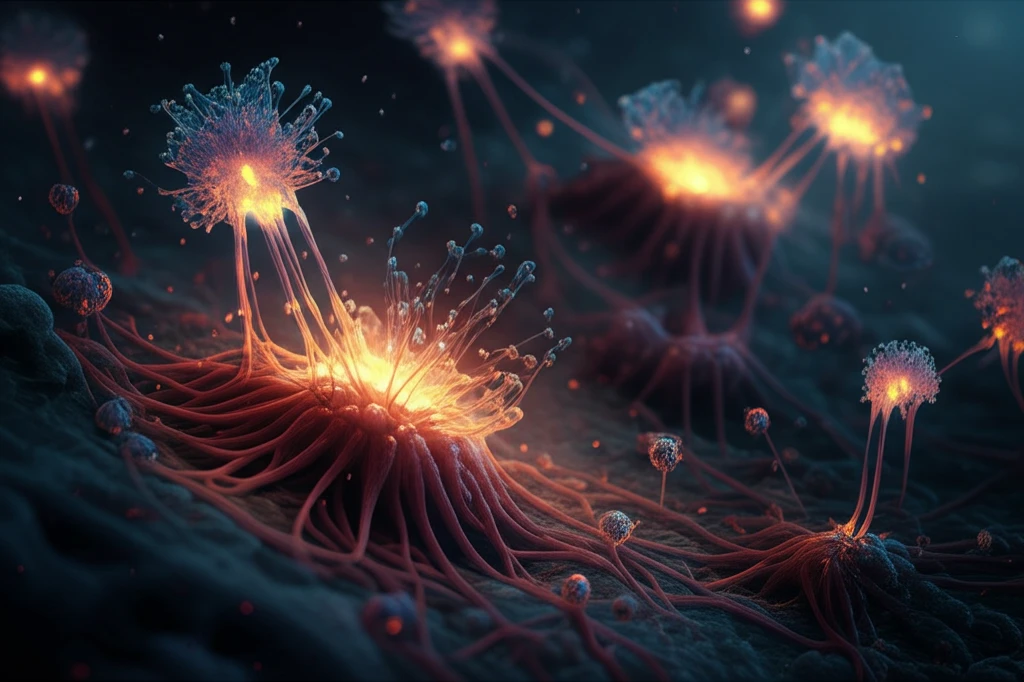
Beat the Fungus: A Guide to the New Era of Antifungal Treatments
"Discover the latest advancements in antifungal medications, offering new hope for treating persistent and life-threatening fungal infections."
Infectious diseases are a constant concern in global health, frequently dominating headlines. While bacterial and viral threats often take center stage, fungal infections, despite their widespread impact, often remain in the shadows. However, the reality is that fungal diseases affect hundreds of millions of people worldwide.
It's estimated that 300 million people grapple with fungal infections annually, leading to as many as 1.5 million deaths. To put this in perspective, cryptococcal infections alone claim over 500,000 lives each year in sub-Saharan Africa, rivaling the death toll of tuberculosis, a disease that receives far greater recognition.
The good news is that advancements in antifungal treatments are beginning to catch up. This article explores the innovative new therapies being developed to combat fungal diseases, offering hope for more effective and targeted treatments.
Why are Fungal Infections Becoming More Common?

Several factors contribute to the increasing incidence of fungal infections. One key driver is the growing population of immunocompromised individuals. This includes patients undergoing transplant procedures, cancer treatment, and those living with HIV/AIDS. These individuals are more susceptible to opportunistic fungal infections.
- Rising numbers of immunocompromised individuals: Transplant recipients, cancer patients, and those with HIV/AIDS are particularly vulnerable.
- Modern medical practices: Broad-spectrum antibiotics and invasive devices can disrupt the body's natural defenses.
- Climate change and global travel: These factors contribute to the spread of fungal pathogens.
The Future of Antifungal Therapy
The field of antifungal drug discovery is experiencing a resurgence, with several promising new compounds in clinical development. These agents target various aspects of fungal cell biology, including cell wall synthesis, protein synthesis, and membrane function. With the rise of drug-resistant fungi, these new treatments offer hope for more effective and targeted therapies, ultimately improving outcomes for patients with life-threatening fungal infections.
